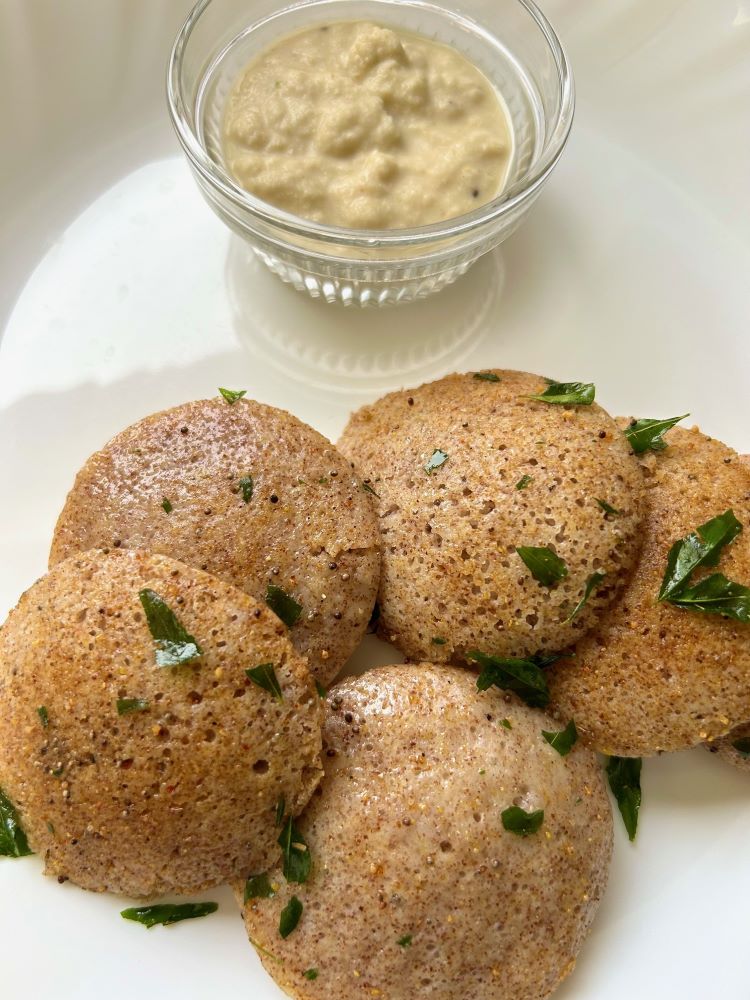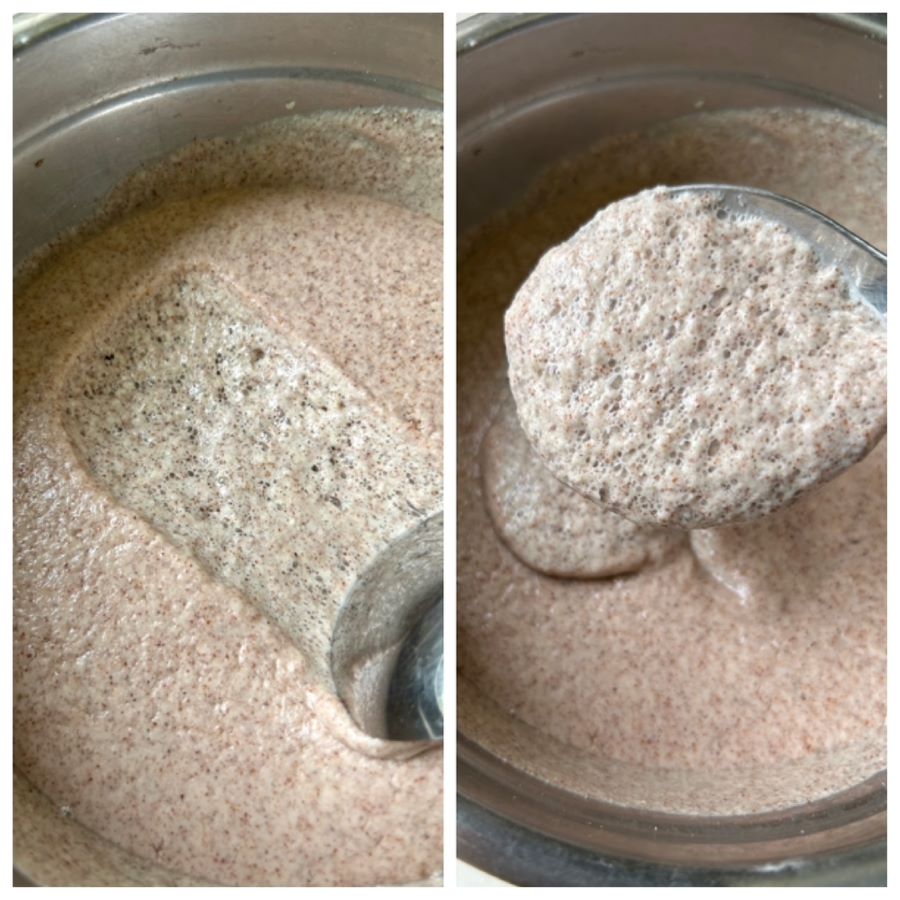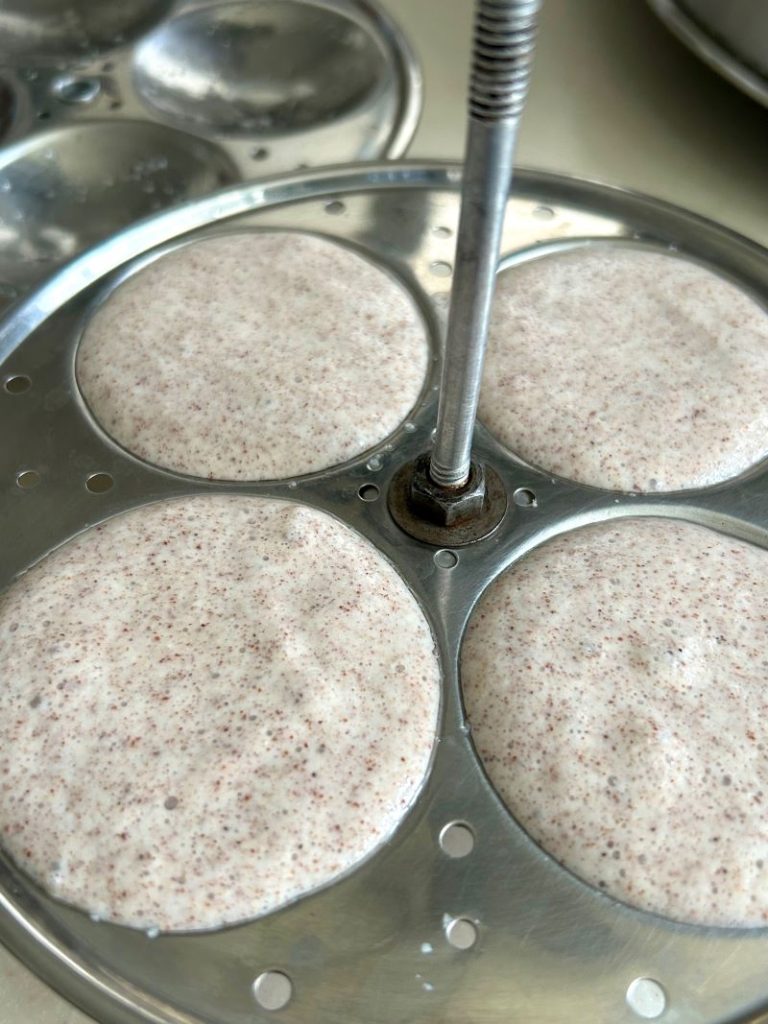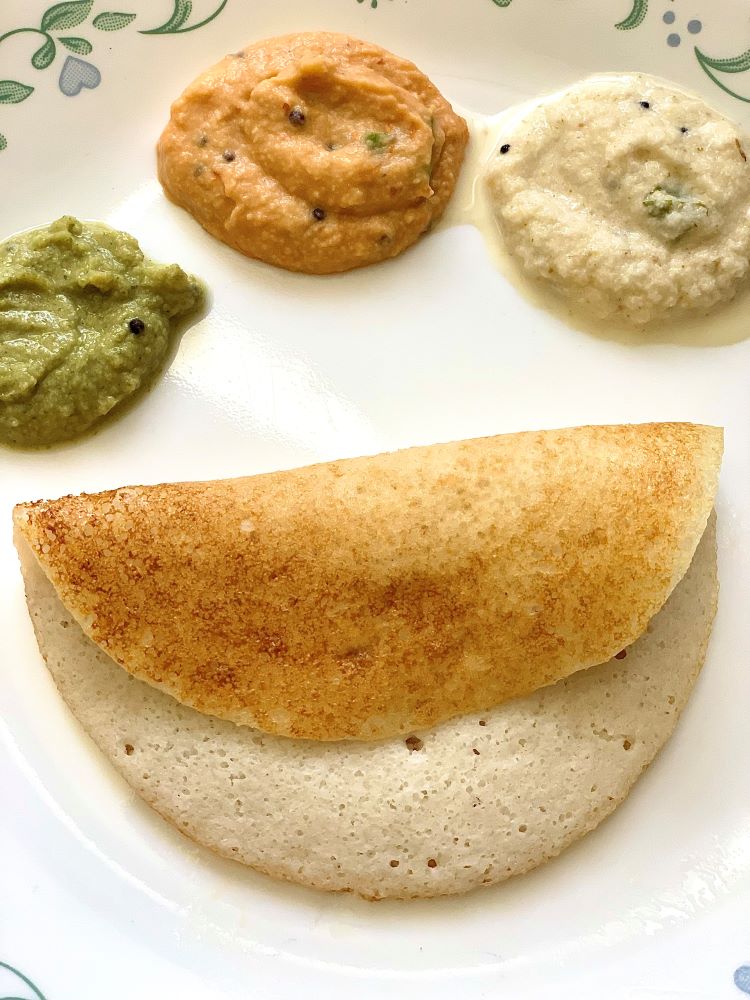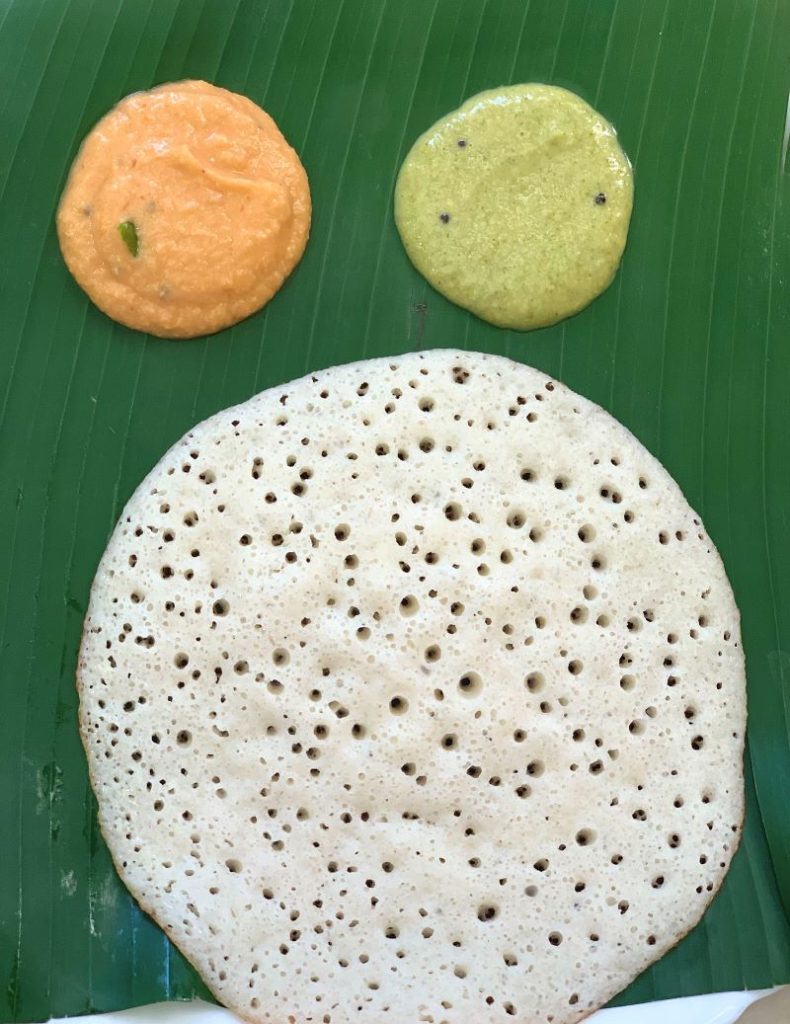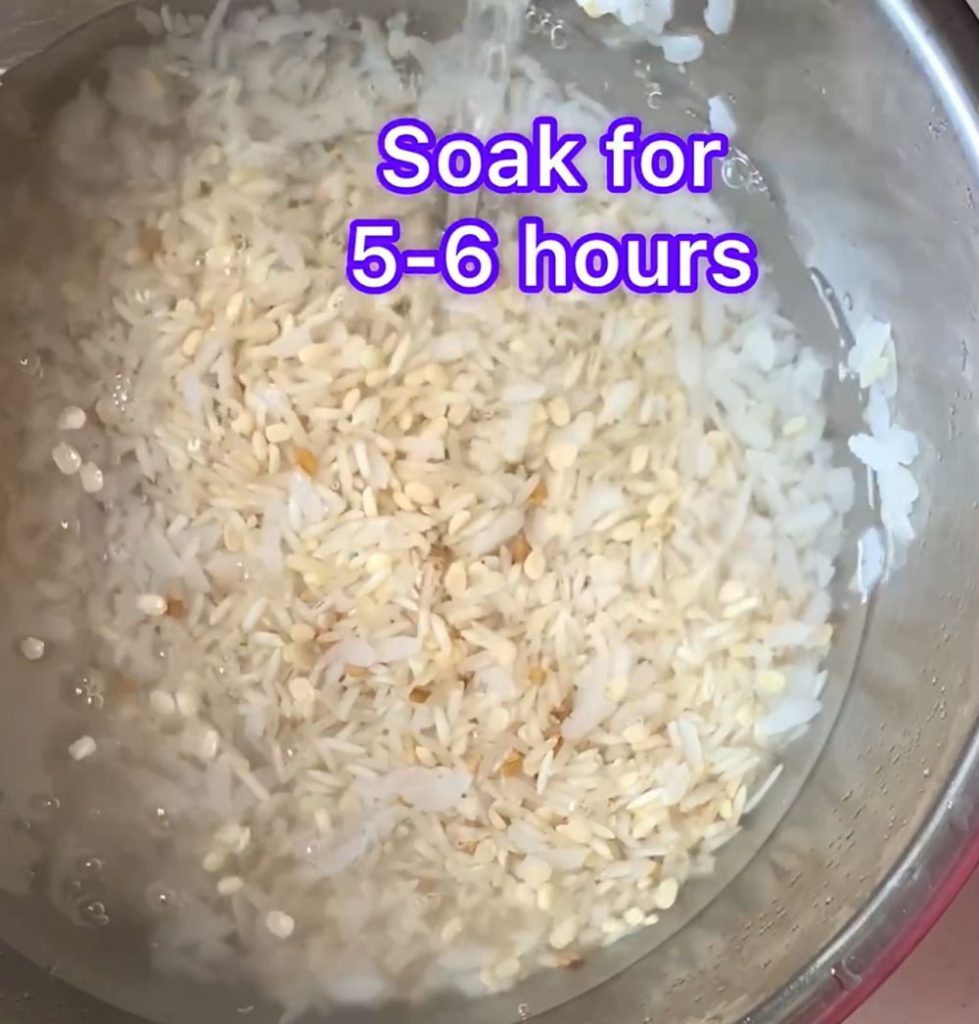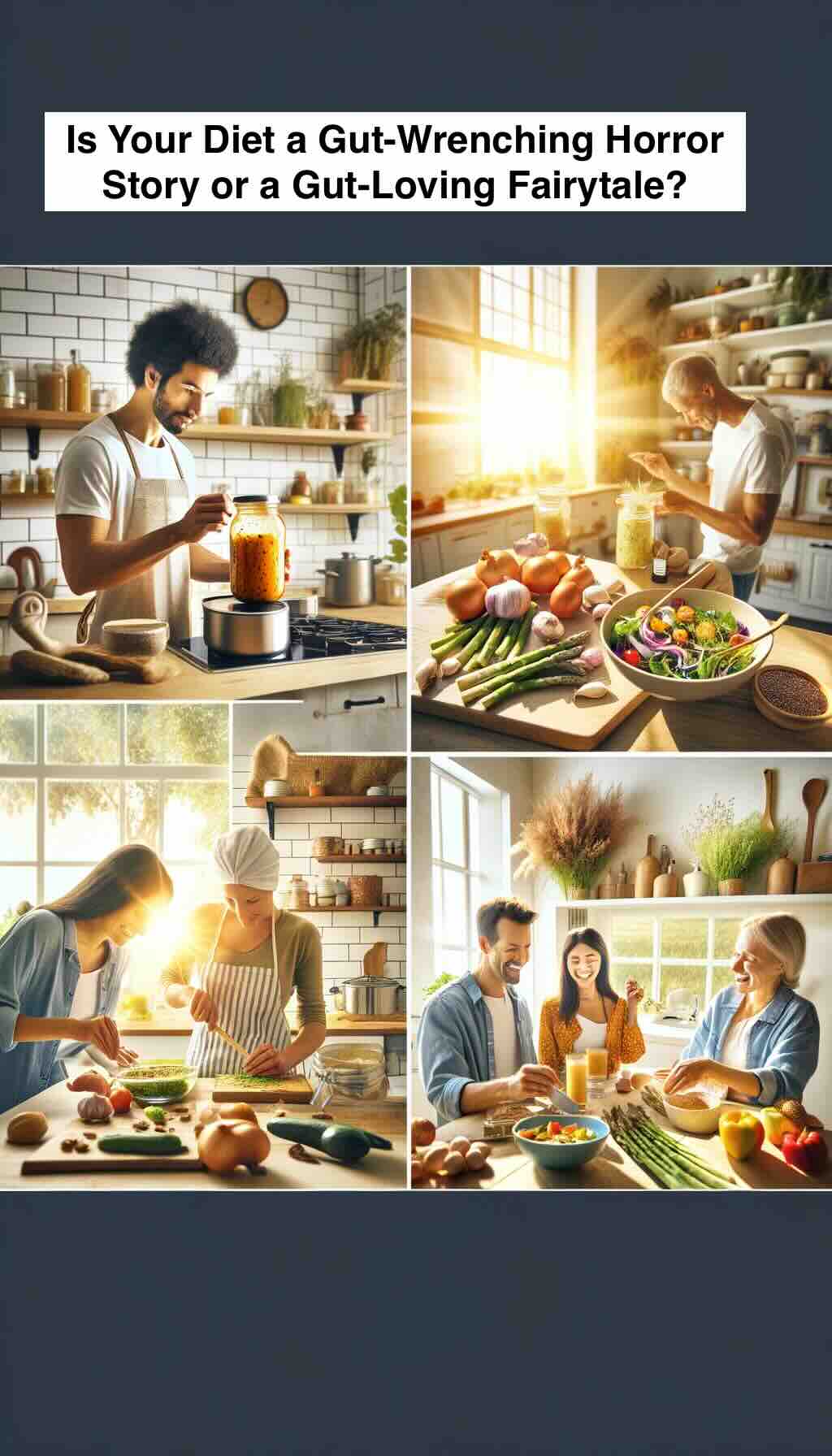
Sandwiches are one of the most universally loved meals—quick, customizable, and endlessly satisfying. But what if your go-to lunch could also improve your digestion, support your immune system, and boost your energy levels?
Enter: probiotic-rich sandwiches.
These aren’t your average deli staples. By incorporating fermented, live-culture foods into your sandwich stack—think kimchi, sauerkraut, yogurt-based spreads, or pickled veggies—you’re not just enjoying a delicious meal, you’re feeding the good bacteria in your gut.
Let’s dive into how these humble handhelds can become powerful allies in your gut health journey, plus a few creative recipes to try today.
What Are Probiotics, and Why Do They Matter?
Probiotics are live microorganisms (mostly beneficial bacteria) that help maintain the natural balance of organisms in the intestines. When consumed in adequate amounts, they contribute to:
- Improved digestion
- Enhanced nutrient absorption
- Strengthened immune response
- Better mental health through the gut-brain axis
- Reduced inflammation and bloating
You’ll find these beneficial microbes in fermented foods such as yogurt, kefir, kimchi, sauerkraut, miso, and tempeh—all of which can be easily incorporated into your favorite sandwich combinations.
The Power Combo: Probiotics + Prebiotics
To truly support your gut, it’s not just about consuming probiotics—you also need prebiotics. These are non-digestible fibers that “feed” the good bacteria, helping them thrive.
Prebiotic-rich sandwich additions include:
- Onions (especially raw)
- Garlic
- Asparagus
- Leeks
- Bananas (in sweet spreads)
- Whole grain or sourdough bread
Think of it as building a balanced microbiome meal between two slices of bread.
Best Probiotic-Rich Ingredients for Sandwiches
Here’s a list of gut-friendly ingredients that can bring life (literally) to your sandwiches:
🥬 Kimchi or Fermented Vegetables
Add spice and crunch with Korean kimchi, pickled radishes, or fermented carrots. Perfect in wraps and grilled sandwiches.
🥒 Sauerkraut
Classic and versatile, sauerkraut pairs well with meats, cheeses, or vegan spreads for a satisfying tang.
🥛 Yogurt-Based Spreads
Swap mayonnaise for Greek yogurt mixed with herbs or garlic—it’s creamy, probiotic-rich, and lower in fat.
🧀 Tempeh or Miso-Based Fillings
Tempeh adds texture and protein to vegan sandwiches. Miso, a fermented soybean paste, can be added to sauces and dressings.
🥬 Fermented Pickles (Not Vinegar-Based)
Look for naturally fermented, refrigerated pickles with “live cultures” on the label.
3 Creative Probiotic-Rich Sandwich Recipes to Try
🥪 1. Kimchi & Avocado Sourdough Toastie
Ingredients:
- 2 slices of sourdough bread
- ½ ripe avocado
- 2 tbsp kimchi
- Baby spinach
- Optional: fried egg or tofu slices
Instructions:
Toast bread. Mash avocado on one side, layer kimchi and spinach, and top with egg or tofu. Press and grill for extra crispiness.
🥪 2. Sauerkraut Grilled Cheese with Greek Yogurt Spread
Ingredients:
- Whole grain bread
- Shredded cheddar or vegan cheese
- 2 tbsp sauerkraut
- 1 tbsp Greek yogurt spread (mixed with garlic and lemon)
Instructions:
Spread yogurt on bread, layer cheese and sauerkraut, grill until golden and gooey.
🥪 3. Tempeh Reuben with Miso-Dijon Dressing
Ingredients:
- Rye bread
- Cooked tempeh slices
- Sauerkraut
- Swiss cheese (or vegan cheese)
- Dressing: mix 1 tsp miso paste, 1 tsp Dijon mustard, and 2 tbsp Greek yogurt
Instructions:
Layer tempeh, cheese, sauerkraut, and dressing. Pan-grill and serve warm.
Tips for Building Probiotic-Friendly Sandwiches
- Use fermented foods raw when possible – Heat can kill probiotics. Add kimchi or sauerkraut after cooking if possible.
- Pair with prebiotics – Add raw onions, garlic, or asparagus for maximum gut support.
- Watch the labels – Not all pickles or yogurts contain live cultures. Look for terms like “raw,” “unpasteurized,” or “live active cultures.”
- Don’t overdo it – Fermented foods are potent. Start with small amounts to allow your gut to adjust.
- Make it a habit – One probiotic-rich sandwich a few times a week can support long-term digestive health.
The Bigger Picture: Sandwiches as a Gateway to Gut Wellness
Eating for gut health doesn’t have to mean giving up your favorite foods or following a rigid plan. With thoughtful ingredients and creative combinations, you can turn a simple sandwich into a functional, health-boosting meal.
From the zesty kick of kimchi to the creamy tang of yogurt-based spreads, probiotic-rich sandwiches are an easy and enjoyable way to care for your gut—one bite at a time.
Frequently Asked Questions (FAQs)
1. What makes a sandwich probiotic-rich?
A sandwich becomes probiotic-rich when it includes fermented ingredients that contain live, beneficial bacteria—such as kimchi, sauerkraut, yogurt-based spreads, or fermented pickles.
2. Are probiotics destroyed when heated in a sandwich?
Yes, excessive heat can kill live probiotic cultures. To retain their benefits, it’s best to add probiotic ingredients after cooking or use them in cold sandwiches.
3. What are the health benefits of probiotic-rich sandwiches?
These sandwiches can help improve digestion, enhance immunity, reduce bloating, and support a balanced gut microbiome.
4. Can I make a vegan probiotic-rich sandwich?
Absolutely. Vegan probiotic options include tempeh, kimchi, sauerkraut, miso-based dressings, and fermented vegetables.
5. Is sourdough bread a good probiotic source?
Sourdough bread is made using fermentation, but most of its probiotics don’t survive the baking process. However, it still offers prebiotic benefits and is gentler on digestion than regular bread.
6. What’s the difference between probiotic and prebiotic ingredients in a sandwich?
Probiotics are live bacteria found in fermented foods; prebiotics are fibers that feed those bacteria. Including both in a sandwich (like yogurt + raw onion) makes it more gut-friendly.
7. How often should I eat probiotic-rich sandwiches for gut health?
There’s no set rule, but including probiotic foods a few times a week can be beneficial. Listen to your body and adjust as needed.
8. Are all pickles probiotic-rich?
No. Only naturally fermented pickles with live cultures (usually found in the refrigerated section) contain probiotics. Pickles preserved in vinegar do not offer probiotic benefits.
9. Can I meal prep probiotic sandwiches in advance?
Yes, but store the fermented ingredients separately and add them just before eating to preserve the live cultures and prevent sogginess.
10. Can kids eat probiotic-rich sandwiches?
Yes, in moderation. Just ensure the fermented ingredients aren’t too spicy or sour, and introduce them gradually to support young digestive systems.


